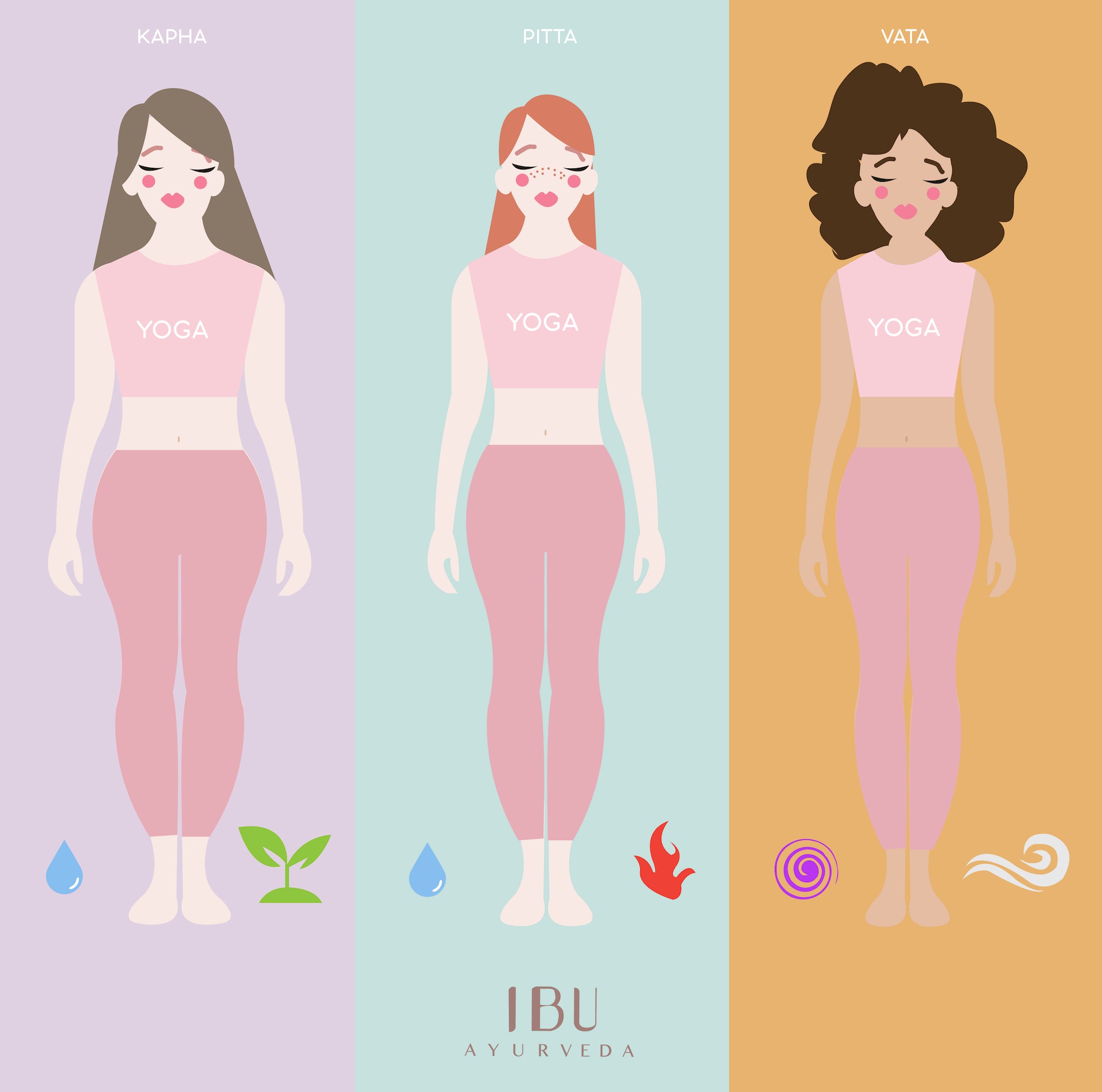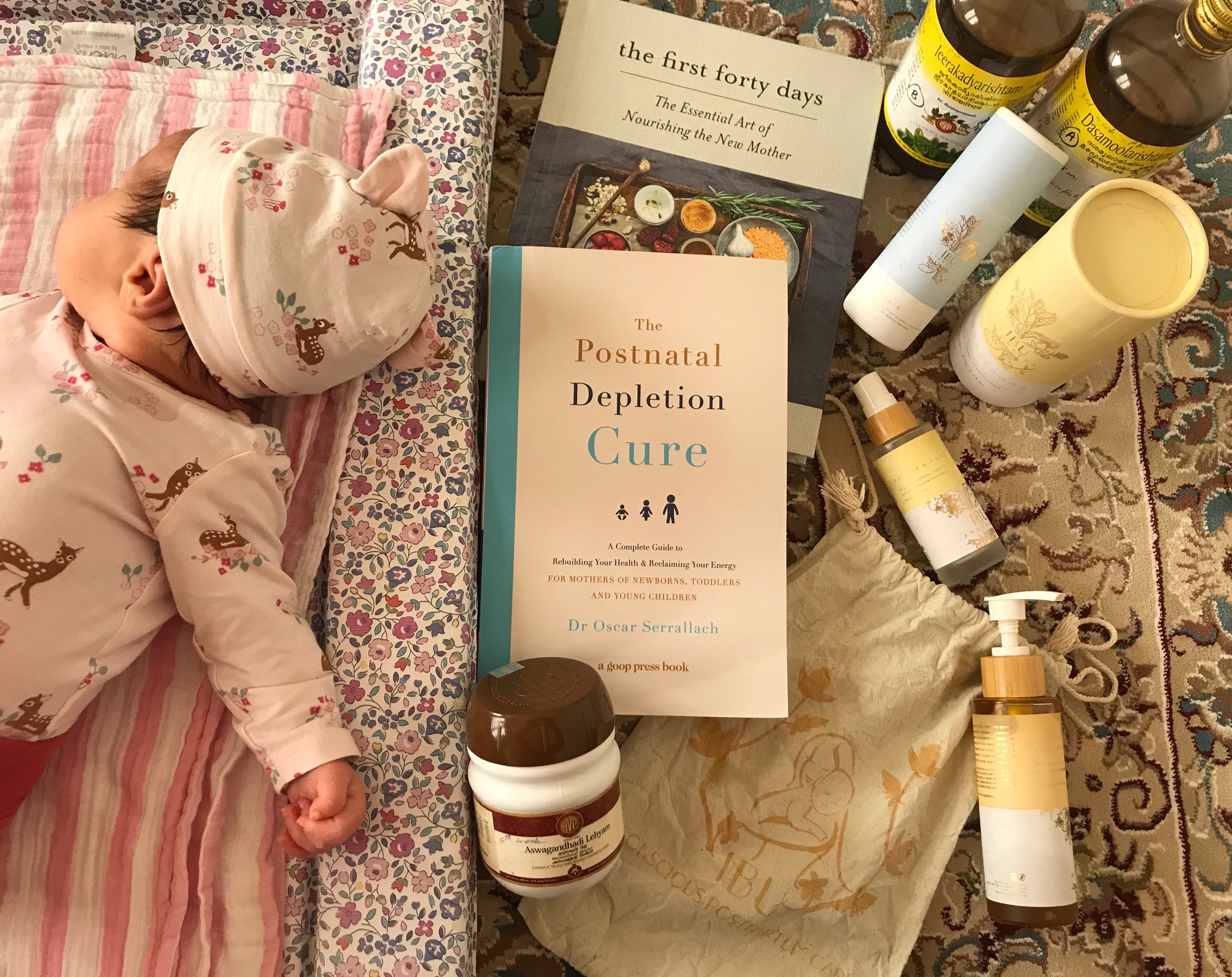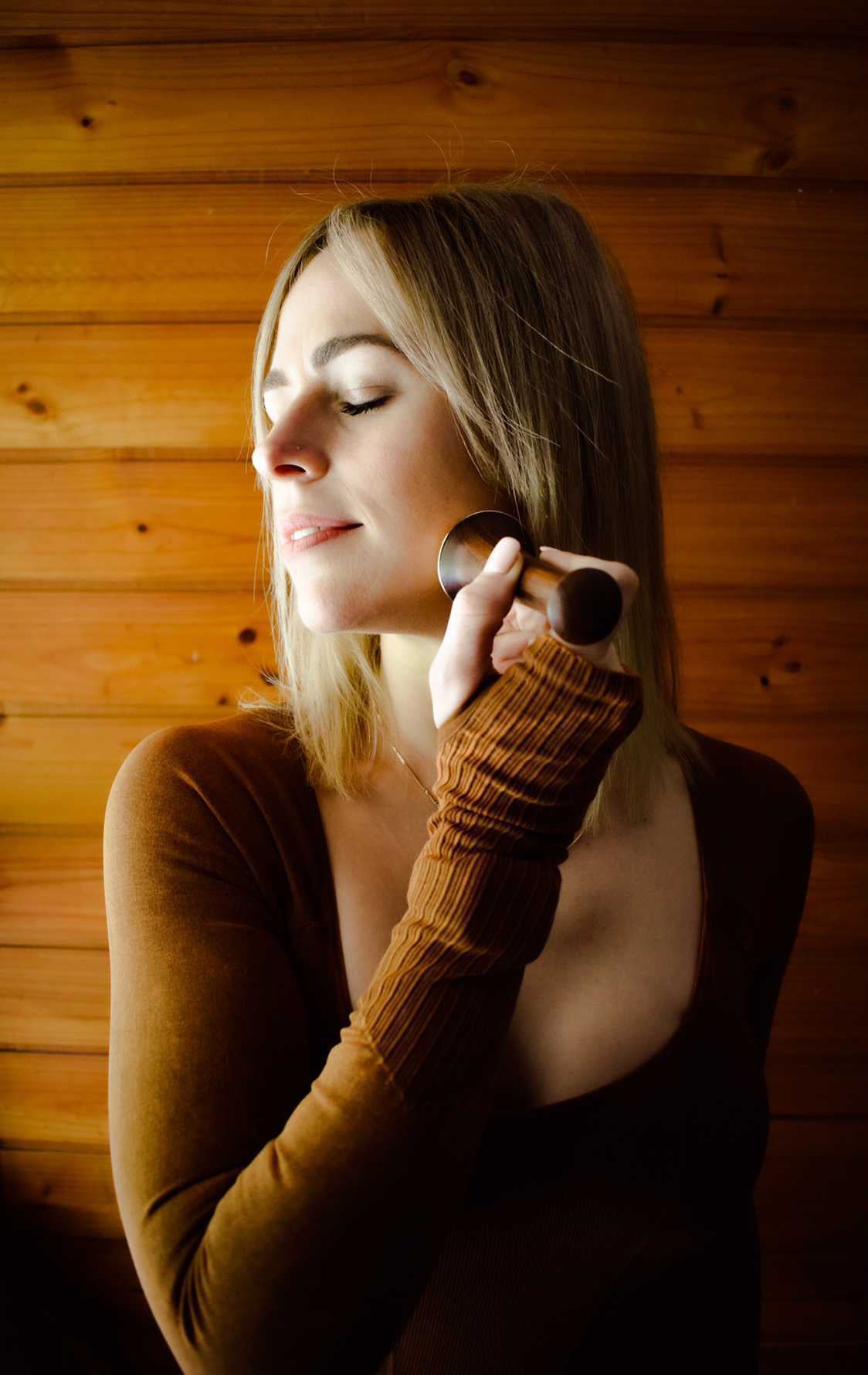The 3 Doshas: Which Dosha are You?

Ayurveda was founded on the idea that there are five elements that make up the world around us: earth, air, fire, water, and space.
When these elements combine in unique ways, they are thought to form three personas, or doshas. These doshas determine a person’s mental, physiological, and emotional health.
When using Ayurveda inspired skincare it is important to be aware of your inherent body type. The quality of skin is determined by a person’s Dosha, the energies that circulate in the body and govern physiological activity.
While each person has all three doshas present within them, most of us typically have a dominant dosha.
Here’s a closer look at the three doshas — Vata, Kapha, and Pitta — and what they mean in terms of achieving a higher level of health.

Vata - a dominance of the Air & Space elements
The Vata dosha shares a combination of air space and is typically denoted by a light, airy nature. Creative thinking and energetic personalities are hallmarks of vata, along with sociableness and the ability to multitask.
However, all this creative energy and thinking can also lead to anxiety and forgetfulness.Vata personas can be easily overwhelmed and experience higher levels of stress compared to other doshas.
Too much stress left unchecked can also lead to a series of health issues, particularly in the digestive tract.
What is VATA?
AIR | ETHER
- Dry – Dryness of body of mind due to the air.
- Cold – Cold and spacious.
- Light – Expansive space.
- Irregular – Unevenness due to excessive dryness.
- Mobile – Movement & travel.
-
Rarefied – Esoteric.
How does this present physically?
When VATA energy is high there may be dry skin, dry hair, dry eczema, cracked lips, internal dryness and constipation, and nervous system dysfunction.
VATA accumulates in the:
- Brain
- Heart
- Colon
- Bones
- Lungs
- Bladder
- Bone Marrow
- Nervous system
Pitta - a dominance of the Fire & Water elements
An energetic fireball of a personality, the Pitta dosha is the age-old dichotomy of fire and water. A yin-yang type balance, Pittas crave balance and symmetry, and often find themselves on emotional roller coasters as they strive to maintain equilibrium.
Their attitudes can be sharp and stinging, but also compassionate. They get fired up about things that matter to them. Their way of making their passions contagious makes them excellent leaders.
This fiery personality can also lead to conflict as well as literal hot-headedness, which may increase the risk of inflammation. This may also take a negative toll on emotional health, especially when conflict cannot be resolved satisfactorily.
What is P I T T A?
FIRE | WATER
- Oily – Unctuous & oily.
- Hot – Increased heat as a result of metabolic processes.
- Light – Less stability than earth element.
- Intense – Increased intensity.
- Fluid – More fluidity and liquidity.
- Malodorous –
- Liquid – Due to water element.
How does this present physically?
When P I T T A energy is high there may be inflammation including rashes and pustular acne, skin sensitivity, irritability of body and mind, a burning digestive system, and a hot temper.
P I T T A accumulates in the:
- Skin
- Eyes
- Liver
- Brain
- Blood
- Spleen
- Endocrine
- Small Intestine
Kapha - a dominance of the Earth & Water elements
A blend of earth and water, the Kapha dosha is the most connected to nature and life. In appearance, Kapha individuals tend to be athletic and strong. On the inside, they’re passionate and loyal in all things.
They’re among the most stable of all doshas, which makes them logical thinkers. They care for others, feel deep emotions, and are often seen as being romantic.
And because they exercise often to maintain their strong frame, they also tend to have a healthy immune system. But even through exercise, Kaphas tend to gain weight quickly and lose it slowly due to a slow metabolism.
What is K A P H A?
EARTH | WATER
- Oily – Unctuous & oily.
- Cold – Reduced heat and activity of metabolic processes.
- Heavy – A side effect of the stability of the Earth element.
- Stable – Grounded due to the Earth.
- Viscous – Stickiness of excess Earth.
- Dense – Solid mentally and physically.
- Smooth – More even due to a lack of air and dryness.
How does this present physically?
When K A P H A energy is high there may be excess weight, swelling, fluid retention, cellulite, puffiness, dull skin, blackhead and sluggish digestion.
K A P H A accumulates in the:
- Brain
- Joints
- Mouth
- Lymph
- Stomach
- Pleural Cavity
- Pericardial Cavity
Tridosha - balanced combination of all the elements
Tri-dosha refers to the relatively equal amounts of each dosha and as such those with a tri-doshic constitution experience more relative balance and harmony.
The personality of a tridoshic person is generally even and steady because the constitutional forces balance one another out.
However, there will still be periods where one element or dosha becomes derranged, this is less common though and can be easily rectified with lifestyle adjustments if caught early.

Which dosha are you?
V A T A
Smaller frame & build, generally darker skin then other family members, small eyes, dry skin, irregular features and kinky hair.
The combination of Space & Air in Vata types mean that it’s harder to be grounded, consistent and they may suffer from excess wind in the body and mind.
K A P H A
Strong frames and bigger bones, thick well padded skin, beautiful large eyes and lustrous hair, may experience congestion under the surface of skin.
The combination of Earth & Water in Kapha types makes them more stable, compassionate and loyal; when out of balance they may be stubborn and suffer from congestion, mucus conditions and sluggish metabolism.
P I T T A
Medium build and powerful musculature, lighter eyes and hair, often freckled skin with a tendency to burn easily when exposed to the sun.
The Fire and Water elements makes Pitta types strong intense and when out of balance irritable. They also have strong digestion and are natural leaders that need to manage any excess ‘fiery’ tendencies to avoid inflammation.
How to choose an oil for abhyanga?
Vata Restorative Oil
Generally, people with dry skin and a tendency to “feel cold” are healed and nourished by warming herbs and sesame oil - this is our Vata oil (also the most commonly used for postpartum to counteract and cold in the body after delivery).

Pitta Revitalising Oil
People who run warm and have oily/rosy skin are cooled and nourished by coconut and cooling herbs- this is our Pitta oil (also wonderful for inflammation).

Kapha Rejuvenating Oil
People with thick, soft, slightly moist skin who usually don’t feel either too warm or too cold are enlivened by circulation stimulating herbs and warming oils - this is our Kapha oil (a favourite for lymphatic congestion and fluid retention).

Tridoshic Harmonizing Body Oil
People with a tridoshic constitution will have less irregularities within the skin and body and need more of an overall tonic to prevent the signs of aging and boost their innate wellbeing. This oil is also ideal for if you want to treat all the doshas and are not sure of your dosha.

Once you know your dosha, you can use it to make the right changes to your routine and improve your health.
Tips for each of the Doshas

Vata
Vatas should focus on taking mental breaks and promoting self-care to help them escape from stress. Eating healthy foods and getting adequate sleep can also help to improve focus.
The best way to restore balance to vata is with grounding and warm, stabilizing routines. Think regular massages with warming oils, maintaining a meditation practice and prioritizing rest.
Routine is medicine for vatas and will help them slow down. Calming and difgestive supporting teas like our Calm tea or Agni tea will support the nervous system and digestive system. Warm fresh meals must be taken on time and going to bed on time is also critical.
Pitta
As for Pittas, intense emotions have a time and place. Reigning in your emotions should be a primary focus, and avoiding becoming “hangry” or being in the heat for too long can help to keep negativity in check.
Pittas need to balance the heat with cooling foods and activities. Breaking routine a little and savouring relaxation help balance excessive intensity and drive.
Pittas need to avoid over-scheduling themselves, building rest into their schedule. Spending time in nature and keeping fresh flowers and plants in your home and at work is also very cooling to the firey Pitta. A daily massage with a more cooling oil like coconut helps to reduce Pitta imbalance and a stress relieving tea like Calm tea will help to reduce a busy mind and encourage the 'slow down'.
Kapha
Health-wise, Kaphas need to focus on good nutrition in order to strike a balance between strength and size. In addition, they also need to be aware of getting too much sleep, as it doesn’t allow them to put their energy to the best use.
Balancing the cold, heavy, dense quantities of kapha calls for stimulation. Fresh and new sounds, experiences, tastes, colours will help to reduce stagnation and encourage more lightness.
Those who have a kapha imbalance should also reach for warming energizing oils, consume light and warm meals with mindfulness and aim to exercise until they achieve a light sweat. A dry brushing routine will stimulate cellular health, detoxification and circulation in the body also.

Get to know your dosha and it will point you in the right direction for achieving a higher level of health.




Comments